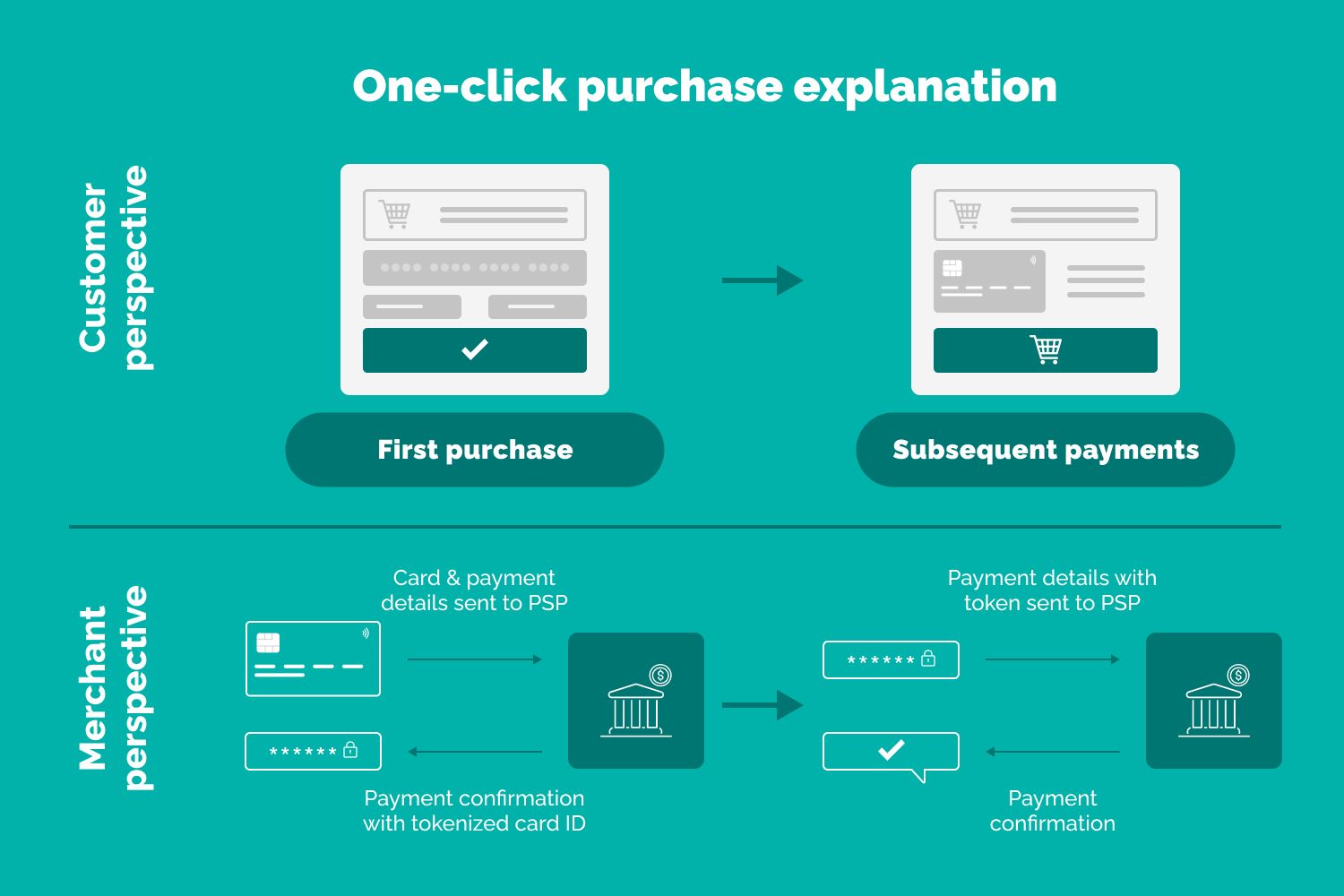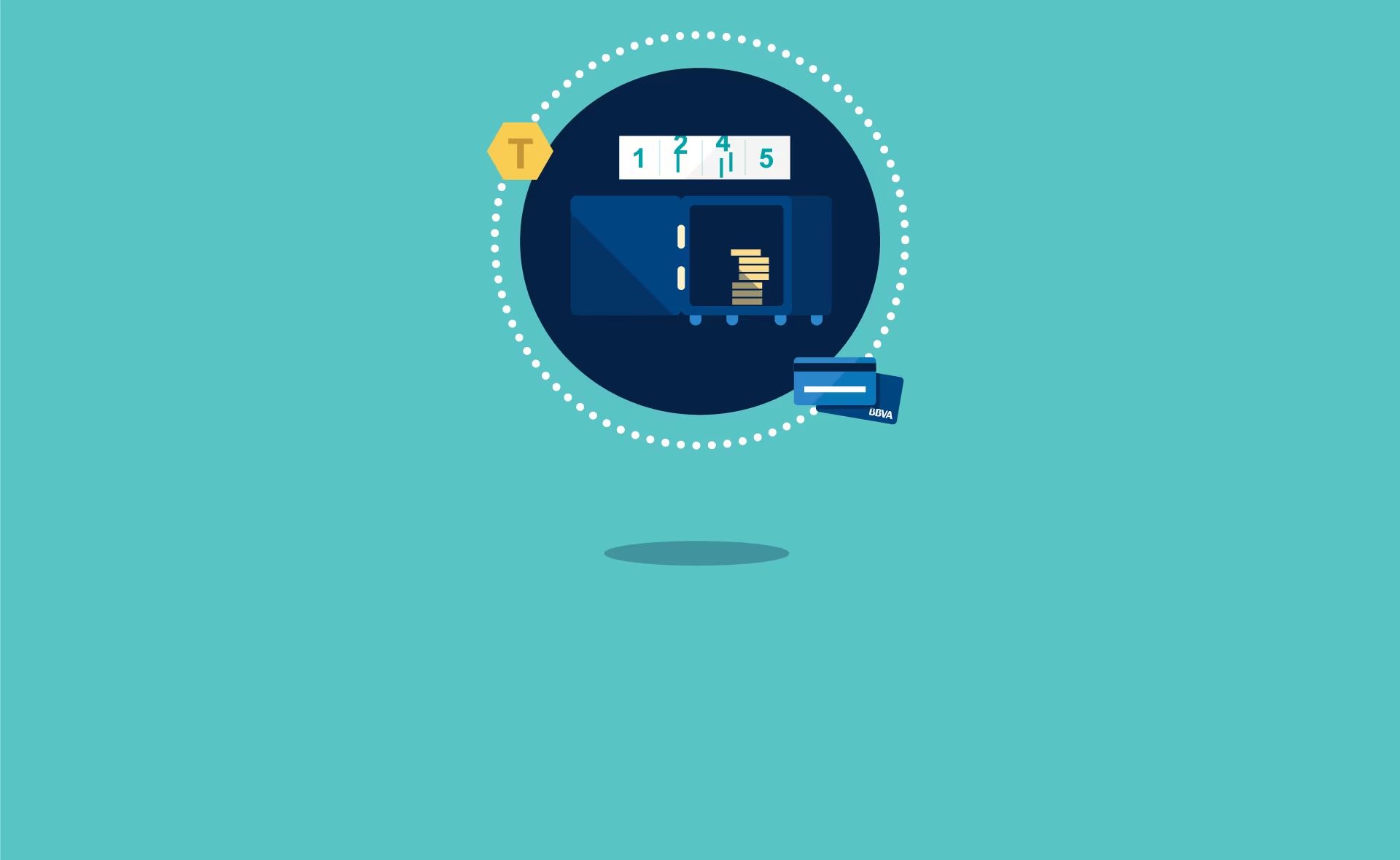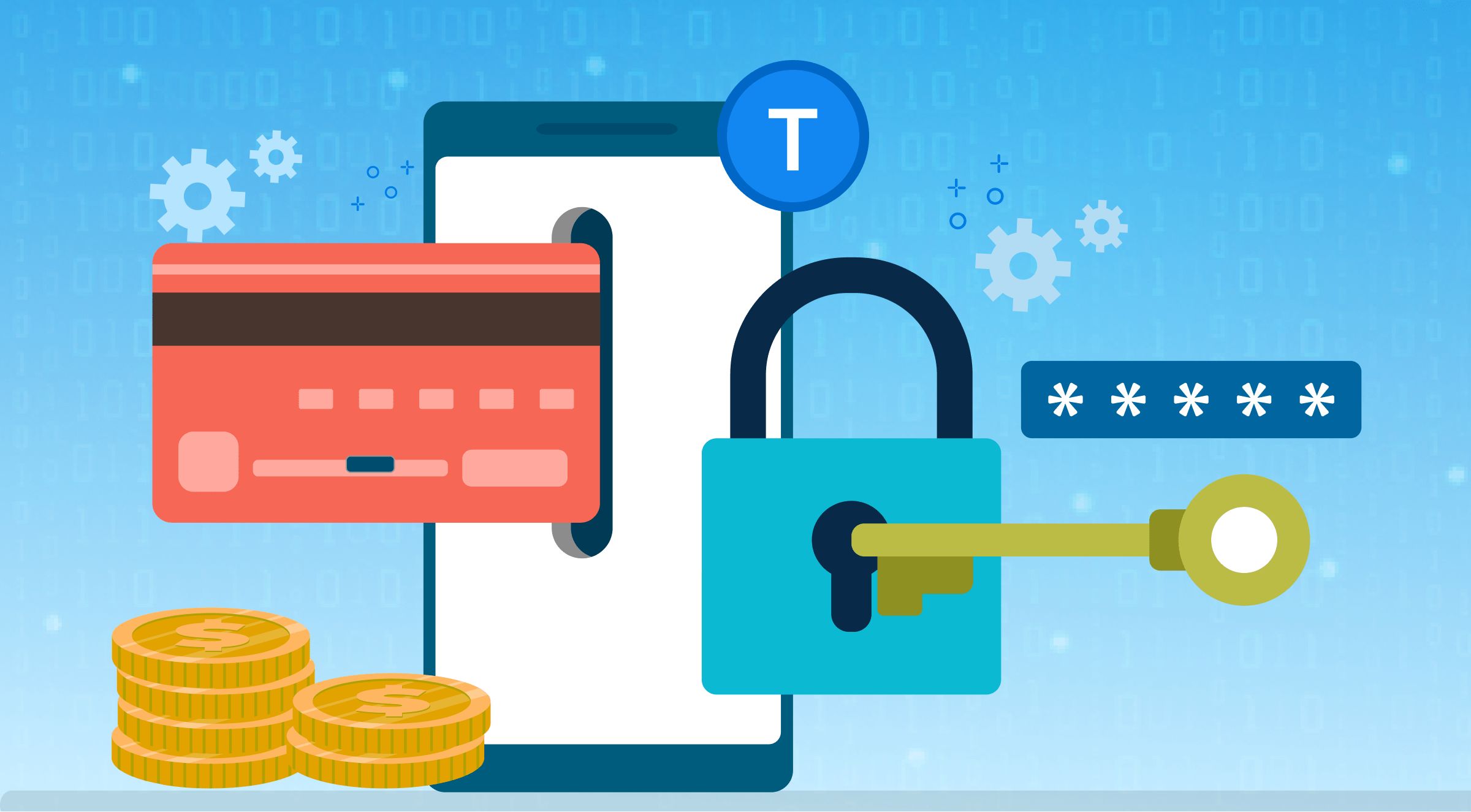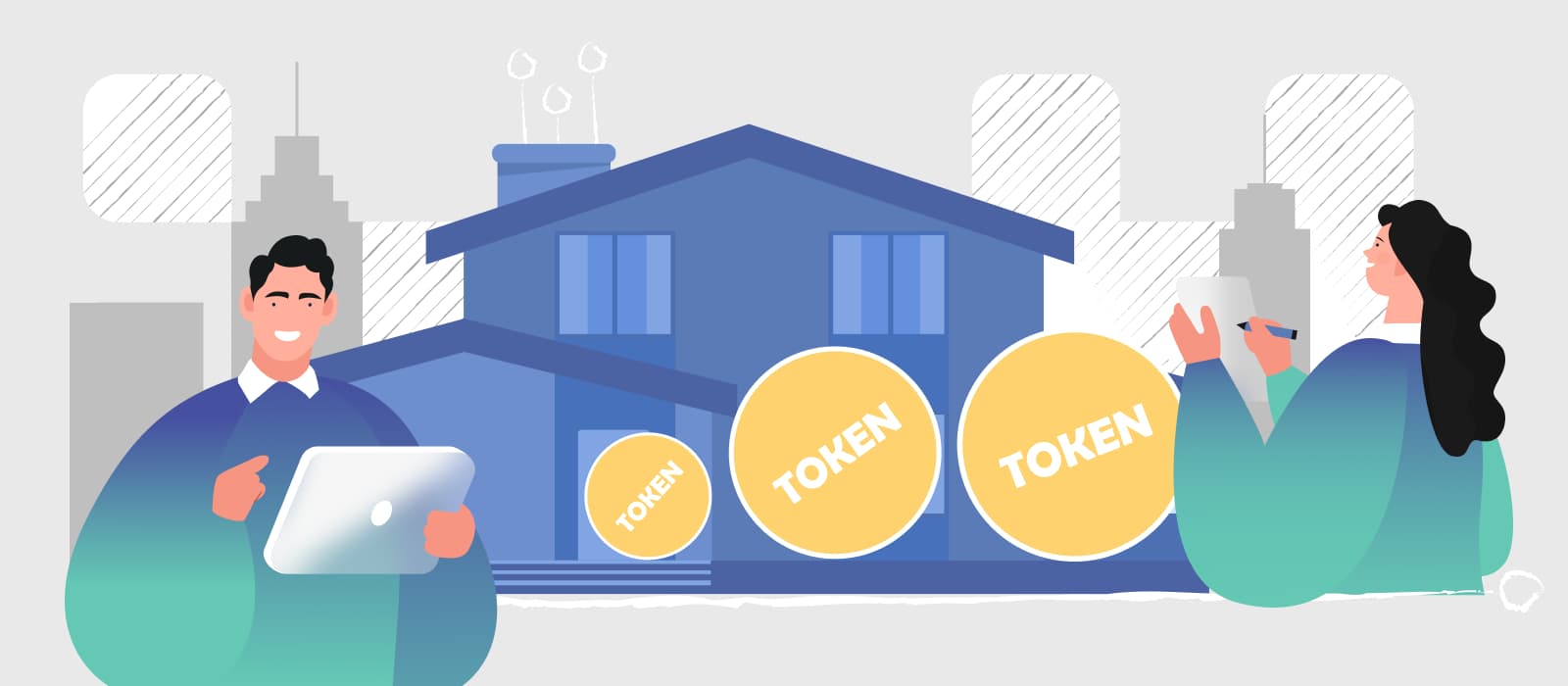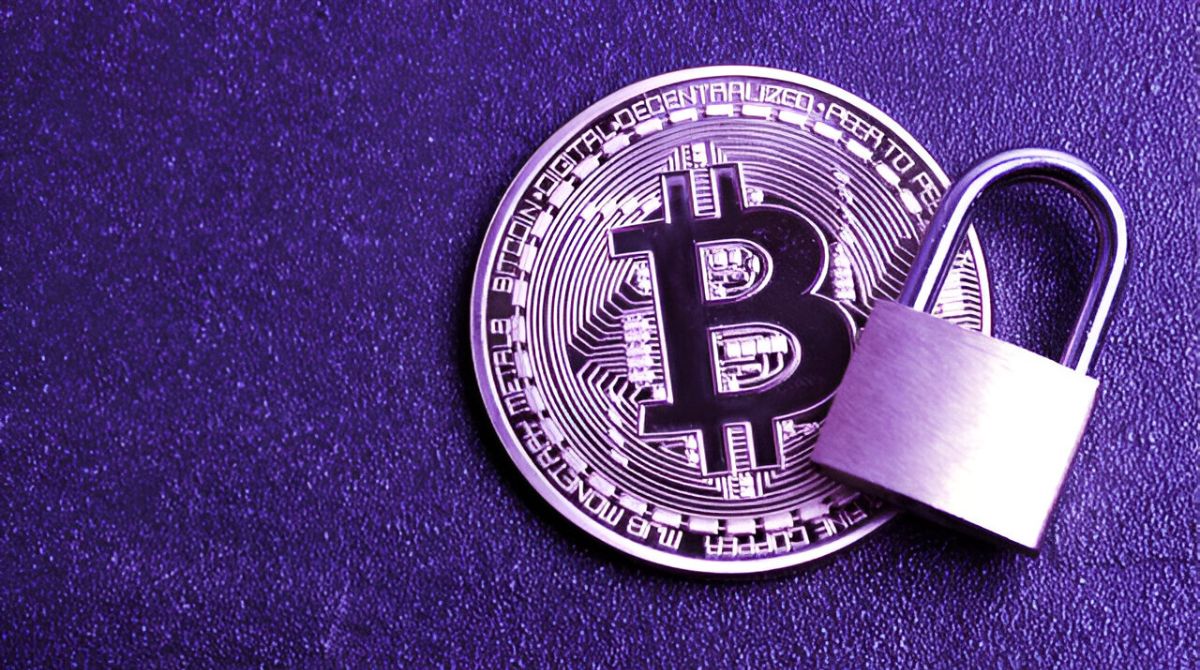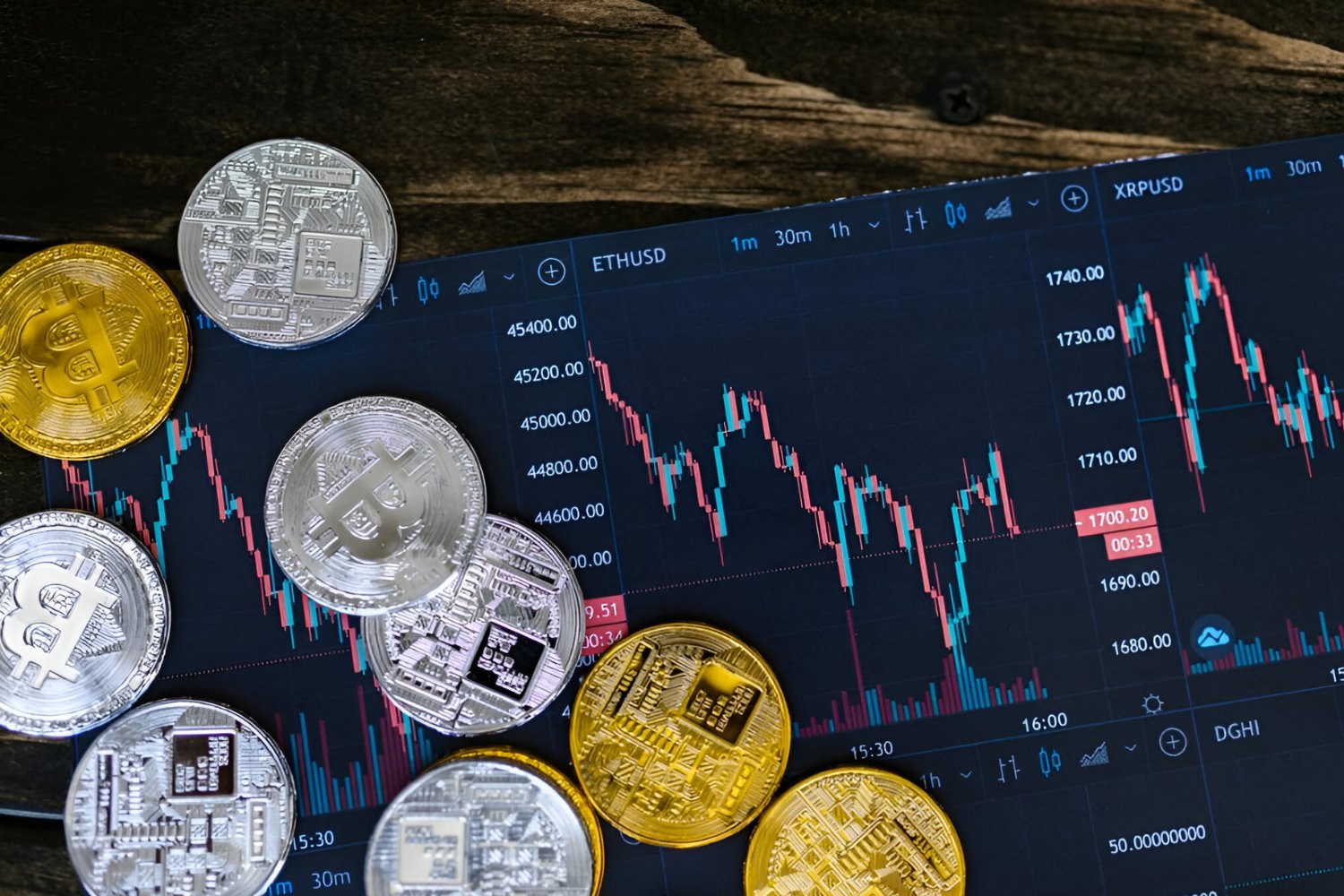Introduction
Tokenization is a crucial concept in the world of data security and payment processing. It is a method used to protect sensitive data by replacing it with unique tokens. These tokens act as references to the original data, allowing businesses to securely handle information without exposing sensitive details.
In today’s digital landscape, where the risk of data breaches and identity theft continues to rise, tokenization has emerged as a reliable solution for safeguarding sensitive information. It plays a vital role in sectors like e-commerce, mobile payments, and healthcare, where data security is of paramount importance.
The concept of tokenization is not new. It has its roots in the early days of payment processing, but its importance has grown exponentially with the advent of technology and evolving security standards. Tokenization helps mitigate the risks associated with storing, transmitting, and processing sensitive data, ensuring that businesses and customers are protected from potential data breaches.
This article aims to provide a comprehensive understanding of tokenization, including its benefits, implementation, and best practices. By the end, you will have a clear perspective on how tokenization can enhance your data security and safeguard your organization’s sensitive information.
What is Tokenization?
Tokenization is a data security technique that involves replacing sensitive information with unique tokens. These tokens act as placeholders for the original data, allowing organizations to process and store data securely without exposing confidential details. The tokenization process typically involves a tokenization system that generates, stores, and uses these tokens for various purposes.
Unlike encryption, where data remains decipherable if the encryption key is obtained, tokenization renders the data meaningless even if the tokens are intercepted. The tokens are random, unique, and unrelated to the original data they represent, making them useless for malicious actors trying to gain unauthorized access.
Tokenization is commonly used to protect sensitive data such as credit card numbers, social security numbers, and personal identification information (PII). By replacing this sensitive data with tokens, organizations can significantly reduce the risk of data breaches and fraud.
It’s important to note that tokenization does not eliminate the need for encryption entirely. Encryption is still necessary to protect data during tokenization processes and when transmitting tokens across networks.
Tokenization offers several advantages over alternative data protection methods:
- Data Security: Tokenization ensures that sensitive data remains securely stored, reducing the risk of data breaches and unauthorized access.
- Compliance: Tokenization helps organizations meet data protection regulations and industry standards, such as the Payment Card Industry Data Security Standard (PCI DSS).
- Minimized Scope: By replacing sensitive data with tokens, organizations can reduce the scope of data security controls required, simplifying the compliance process.
- Efficient Processing: Tokenization allows organizations to process transactions and data without the need for direct access to sensitive information, improving efficiency and reducing data handling complexity.
Tokenization has become an invaluable tool in various industries, including banking, e-commerce, healthcare, and more, where the protection of sensitive customer data is critical. By implementing tokenization, organizations can bolster their security posture and instill confidence in their customers.
How Does Tokenization Work?
Tokenization involves the process of replacing sensitive data with unique tokens. Let’s take a closer look at how tokenization works:
- Data Collection: Initially, sensitive data is collected from customers or users. This could include credit card numbers, social security numbers, or other personal identification information (PII).
- Tokenization System: A tokenization system is employed to generate unique tokens for each piece of sensitive data. The system ensures that the tokens are randomized and unrelated to the original data.
- Token Mapping: The tokenization system creates a mapping table that links the original sensitive data with its corresponding token. This table is securely stored.
- Storage and Processing: The sensitive data is replaced with its respective token and stored in a secure database or system. Only the token is accessible, while the original data is inaccessible without proper authorization.
- Token Usage: When a transaction or data processing request occurs, the token is used instead of the original sensitive data. The token is passed through the various systems and platforms involved without exposing the confidential information.
- Token Decryption: When the token reaches the appropriate recipient, such as a payment gateway or data processor, it is decrypted using the tokenization system’s mapping table. The recipient can then retrieve the original data for processing or verification.
It is crucial to note that tokenization systems must have proper security measures to protect the mapping table and ensure the integrity of the tokenization process. Access controls, encryption, and other security protocols are essential to minimize the risk of unauthorized access to sensitive data.
Tokenization offers several advantages over alternative data protection methods:
- Data Security: Tokenization ensures that sensitive data remains securely stored, reducing the risk of data breaches and unauthorized access.
- Compliance: Tokenization helps organizations meet data protection regulations and industry standards, such as the Payment Card Industry Data Security Standard (PCI DSS).
- Minimized Scope: By replacing sensitive data with tokens, organizations can reduce the scope of data security controls required, simplifying the compliance process.
- Efficient Processing: Tokenization allows organizations to process transactions and data without the need for direct access to sensitive information, improving efficiency and reducing data handling complexity.
By understanding how tokenization works, organizations can implement this data security technique to protect sensitive information and mitigate the risks associated with data breaches and unauthorized access.
Benefits of Tokenization
Tokenization offers numerous benefits to organizations looking to enhance data security and protect sensitive information. Let’s explore some of the advantages of implementing tokenization:
- Enhanced Data Security: Tokenization adds an extra layer of security to sensitive data by replacing it with unique tokens. Even if the tokens are intercepted, they are meaningless and cannot be used to retrieve the original data. This helps to prevent unauthorized access and reduce the risk of data breaches.
- Simplifies Compliance: Tokenization assists organizations in meeting data protection regulations and industry standards, such as the Payment Card Industry Data Security Standard (PCI DSS). By replacing sensitive data with tokens, organizations can simplify the compliance process and reduce the scope of data security controls required.
- Minimizes Data Exposure: Since tokens are used in place of sensitive data, organizations can minimize the exposure of confidential information during transactions, data processing, and storage. This reduces the risk of data leakage and enhances customer trust.
- Efficient Processing: Tokenization enables organizations to process transactions and data efficiently, as there is no need to access or handle sensitive information directly. This improves operational efficiency and streamlines data handling, especially in industries where processing large volumes of sensitive data is required.
- Reduces Fraud Risk: By replacing sensitive data with tokens, organizations can significantly reduce the risk of fraudulent activities. Even if an attacker gains access to tokens, they are useless without the mapping table that links them to the original data.
- Scalability: Tokenization systems are designed to handle large volumes of data, making them highly scalable for organizations of any size. Whether it’s a small business or a multinational enterprise, tokenization can be implemented to scale with the organization’s growth.
- Cross-Platform Compatibility: Tokenization is compatible with various platforms and systems, allowing organizations to incorporate it into their existing infrastructure without significant disruption or changes to their operations.
- Customer Confidence: By implementing tokenization, organizations demonstrate their commitment to data security and customer privacy. This builds trust with customers, leading to increased loyalty and brand reputation.
By leveraging the benefits of tokenization, organizations can enhance their data security practices, protect sensitive information, and ensure compliance with industry regulations. With the ever-growing threat landscape, tokenization has become an indispensable tool in safeguarding sensitive data from unauthorized access and data breaches.
Tokenization vs Encryption
Tokenization and encryption are both data security techniques used to protect sensitive information, but they differ in their approach and the level of data protection they provide. Let’s explore the differences between tokenization and encryption:
Tokenization:
Tokenization involves replacing sensitive data with unique tokens that have no mathematical relationship to the original data. These tokens act as placeholders for the sensitive information and are meaningless and unusable to unauthorized individuals. Tokenization operates on the concept of data substitution, where the original data is replaced with a reference token stored in a secure system, typically maintained by a tokenization service provider.
The main advantages of tokenization include enhanced data security, simplified compliance, and reduced scope of data protection controls. It is commonly used in industries like payment processing, where rapid and secure transaction processing is crucial.
Encryption:
Encryption is the process of converting sensitive data into an unreadable format, known as ciphertext, using an encryption algorithm and a cryptographic key. The ciphertext can only be decrypted and converted back into its original form using the corresponding encryption key. Encryption provides a high level of data security by ensuring that only authorized individuals with the encryption key can access and decipher the encrypted data.
Encrypted data remains encrypted throughout storage, transit, and processing, providing continuous protection. It is commonly used to secure data at rest, in transit, or in databases, and is essential in industries that handle sensitive information, such as healthcare and finance.
Differences between Tokenization and Encryption:
- Data Format: Tokenization replaces the original data with unique tokens, while encryption transforms the data into ciphertext.
- Reversibility: Tokenization is not reversible, meaning it is not possible to retrieve the original data from the token. Encryption, on the other hand, is reversible with the correct decryption key.
- Data Exposure: Encryption protects data throughout all stages – storage, transit, and processing. Tokenization reduces the exposure of sensitive data by substituting it with tokens and limiting access to the original data.
- Scope of Protection: Tokenization reduces the scope of data protection controls, simplifying compliance efforts. Encryption requires protection of encryption keys and implementation of robust security measures to safeguard the encrypted data.
- Processing Efficiency: Tokenization allows for efficient transaction processing as the tokens can be processed without accessing sensitive information. Encryption requires decryption before processing, which adds computational overhead.
In summary, tokenization and encryption are both effective methods for protecting sensitive data, but they have distinct differences in their approach and level of reversibility. Organizations must evaluate their specific data security requirements and compliance obligations to determine whether tokenization, encryption, or a combination of both is the most suitable approach for their data protection needs.
Tokenization Use Cases
Tokenization offers a wide range of applications across various industries and sectors. Let’s explore some of the most common use cases for tokenization:
- Payment Processing: Tokenization is extensively used in the payment processing industry to secure credit card transactions. Instead of storing actual credit card numbers, merchants tokenize the card data to minimize the risk of data breaches and fraud. Tokens are used for transaction processing, while the sensitive payment information is securely stored by payment processors.
- E-commerce: Online retailers utilize tokenization to enhance data security and build customer trust. By tokenizing payment information during the checkout process, e-commerce platforms minimize the exposure of sensitive customer data, reducing the risk of unauthorized access in case of a data breach.
- Healthcare: The healthcare industry holds vast amounts of sensitive patient data, making it a prime target for hackers. Tokenization enables healthcare providers to secure patient data, such as medical records and personally identifiable information (PII). Implementing tokenization ensures that sensitive information remains protected and compliant with regulations like the Health Insurance Portability and Accountability Act (HIPAA).
- Loyalty Programs: Tokenization is utilized in loyalty programs to secure customer data like email addresses, phone numbers, and reward points. Tokens are used to track and manage customer rewards without exposing personal information, enhancing customer privacy and confidence in the program.
- Internet of Things (IoT): As IoT devices become more prevalent, tokenization plays a crucial role in securing the sensitive data collected by these devices. By tokenizing device IDs and other sensitive information, IoT manufacturers and service providers can protect user privacy and minimize the risk of unauthorized access or misuse.
- Data Sharing: Tokenization can be used to securely share data with partners or third-party vendors. Instead of sharing actual sensitive data, organizations can share tokens that represent the information, ensuring that only authorized parties can access the data and protecting against unauthorized exposure.
- Financial Services: Tokenization is widely used in the financial services industry to secure sensitive customer information, such as account numbers and social security numbers. By tokenizing this information, financial institutions can reduce the risk of identity theft and fraud, providing customers with added peace of mind.
- Mobile Payments: Tokenization is an integral part of mobile payment services like Apple Pay and Google Pay. During mobile transactions, tokenization is used to substitute the actual payment card details, securing the transaction and preventing unauthorized access to sensitive payment information.
These are just a few examples of how tokenization is applied in various industries. The versatility and effectiveness of tokenization make it a valuable solution for any organization that handles sensitive data and is committed to maintaining data security and privacy.
Tokenization Best Practices
Implementing tokenization requires careful consideration and adherence to best practices to ensure the effective and secure protection of sensitive data. Here are some tokenization best practices to follow:
- Choose a Reliable Tokenization Solution: Select a reputable and reliable tokenization solution or provider that aligns with your organization’s specific security needs and compliance requirements. Research and evaluate different options, considering factors such as encryption strength, data storage practices, and reliability.
- Secure Token Generation Process: Ensure that the tokenization system uses a robust random token generation process to create unique and unpredictable tokens. This helps to maintain the security of the tokenization process and minimize the likelihood of token value collisions.
- Protect the Mapping Table: The mapping table that associates tokens with their original data must be securely stored and protected. Implement appropriate access controls and encryption measures to prevent unauthorized access to the mapping table, as it can potentially provide a roadmap to sensitive data.
- Encrypt Tokenization System: Encrypt the tokenization system and the mapping table to provide an additional layer of security. Encryption ensures that even if an attacker gains access to the storage system, the encrypted data remains protected and unusable without the proper decryption key.
- Implement Strong Access Controls: Enforce strict access controls to the tokenization system and related infrastructure. Only authorized personnel should have access to sensitive data or the ability to generate and manage tokens. Regularly review and update access privileges to minimize the risk of unauthorized access.
- Monitor and Audit Tokenization Activities: Implement robust monitoring and logging mechanisms to track tokenization activities and detect any unusual or suspicious behavior. Regularly review logs and perform security audits to identify potential vulnerabilities or breaches.
- Secure Data Transmission: When transmitting tokens between systems or platforms, ensure secure communication channels are used, such as encrypted connections and secure file transfer protocols (SFTP). This helps protect the tokens from interception and ensures data integrity during transit.
- Regularly Update and Patch Systems: Keep your tokenization system and related software up to date with the latest security patches and updates. Regularly review and apply security updates to protect against known vulnerabilities and stay abreast of evolving security threats.
- Employee Training and Awareness: Educate employees about the importance of tokenization and raise their awareness of data security best practices. Regularly conduct training sessions to ensure employees understand their responsibilities in protecting sensitive data and following proper tokenization procedures.
By following these best practices, organizations can strengthen their tokenization implementation and ensure the secure protection of sensitive data. It is essential to regularly review and update security measures to stay ahead of emerging threats and maintain a robust data security posture.
Conclusion
Tokenization is a powerful data security technique that replaces sensitive information with unique tokens, providing a high level of protection against data breaches and unauthorized access. By implementing tokenization, organizations can enhance data security, simplify compliance efforts, and minimize the risk of exposing confidential information.
In this article, we explored the concept of tokenization and how it works. We discussed the benefits of tokenization, including enhanced data security, simplified compliance, and efficient data processing. We also compared tokenization to encryption, highlighting their differences in approach and functionality.
Furthermore, we explored various use cases where tokenization is commonly applied, such as payment processing, e-commerce, healthcare, and loyalty programs. We also highlighted best practices to follow when implementing a tokenization system, including selecting a reliable tokenization solution, securing the token generation process, protecting the mapping table, and implementing strong access controls.
Tokenization has become a critical component of data security strategies across industries, providing a reliable method to protect sensitive information and mitigate the risks associated with data breaches and fraud. By adopting tokenization and following best practices, organizations can safeguard their data, instill customer confidence, and maintain compliance with industry regulations.
As technology continues to advance and data breaches remain a significant concern, organizations must prioritize data security. Tokenization offers a valuable solution to protect sensitive data, maintain customer trust, and stay one step ahead of cyber threats.







